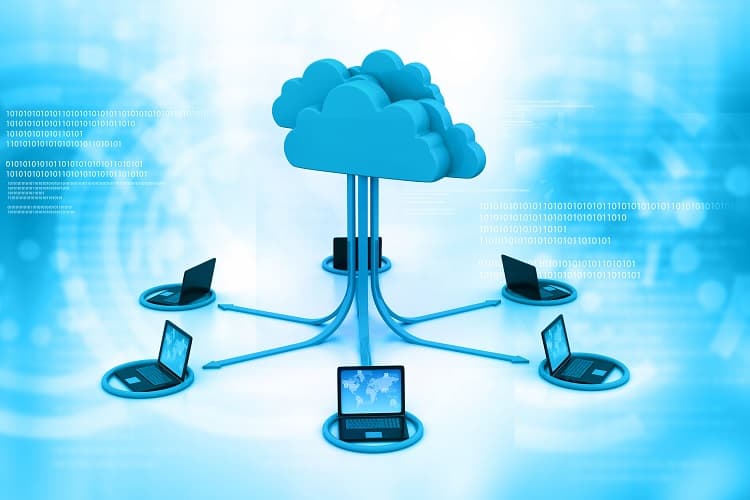Cancer Surveillance Cloud-based Computing Platform

The new system will allow cancer registries to collect, edit, and store cancer data more efficiently, providing a more up-to-date picture of cancer trends.
As part of its data modernization initiative, CDC’s National Program of Cancer Registries (NPCR) is developing a new computer system for central cancer registries. It is cloud-based, which means it’s on the Internet. The new system, which enhances and builds on what central cancer registries currently use and is being pilot-tested in a few states, will allow cancer registries to collect, edit, and store cancer data more efficiently.
NPCR’s Cancer Surveillance Cloud-based Computing Platform (CSCBCP) will improve the cancer reporting process in several ways.
- Doctors, hospitals, laboratories, and others who report cancer cases to a registry will use one system consistently. This is better than maintaining separate connections between the reporters and the registries.
- Central cancer registries will be able to see information about cancer cases when reporters enter it into a computer (in real time). When registries receive the information sooner, they can check it and send it to CDC quicker.
- Central cancer registries will no longer have to install and update software like Registry Plus on their own computers, saving them time and money. NPCR will keep the platform up to date.
- NPCR and other organizations will be able to work together to develop new features for the platform.
- The platform will perform many tasks automatically, so cancer data will be available faster and will be more accurate and complete.
- Nationwide standards will be integrated for efficient, secure data access and exchange.
Getting cancer data faster will give researchers, doctors, lawmakers, public health professionals, and members of the public a more up-to-date picture of cancer trends. They will be able to make decisions faster to save more lives.
- Provides actionable data to central cancer registries in near real time.
- Makes more efficient use of resources.
- Increases data security.
- Builds new services that can be shared.
- Standardizes interfaces. Creates more consistent data reporting connections.
- Provides interactive data visualization dashboards.
- Ensures continuity of operations in a disaster.
- Updates the platform as needed.
Project Phases
This project has three phases—
- Phase 1: From July 1, 2021, to June 30, 2022, NPCR staff worked with 35 central cancer registries to receive pathology reports from laboratories using the AIMS Sixteen of these registries also helped NPCR develop and test the CSCBCP.
- Phase 2: From July 1, 2022, to June 30, 2024, NPCR staff will work with central cancer registries to see how well the CSCBCP works in real-world settings.
- Phase 3: Beginning July 1, 2024, NPCR staff will use the lessons they learned in phase 2 to open the CSCBCP to more central cancer registries. This increased access will allow registries to start reporting their cancer cases through the CSCBCP.